The Base Porsche Taycan Is the One to Get
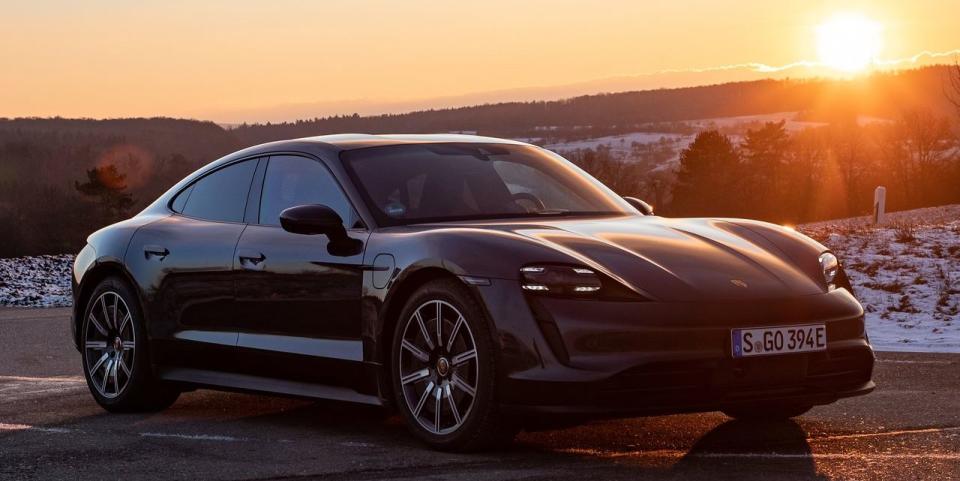
The top end of the electric car market has been in an unending acceleration brawl nobody needs. Every new model boasts a quicker, more unbelievable figure for how quick it can hit 60 from a standstill. Now a Tesla Model S Plaid can do it in about two seconds flat and a 9000-lb electric Hummer can hit the mark in three. A 10-ton electric semi-truck could hit 60 in four seconds and we’d be impressed for maybe one minute. So many very heavy cars and trucks accelerate so quickly that we’ve become numb to the figures.
When everything is this quick, what’s the point? So if you’re shopping for an EV, like the Porsche Taycan, look beyond the acceleration numbers and think about how you’re going to use it. Even if you have nearly $200,000 budgeted and think the Taycan Turbo S is the way to go, do yourself a favor and check out the base Taycan. That’s right, the one without anything after the name, not even a number. Like Cher.
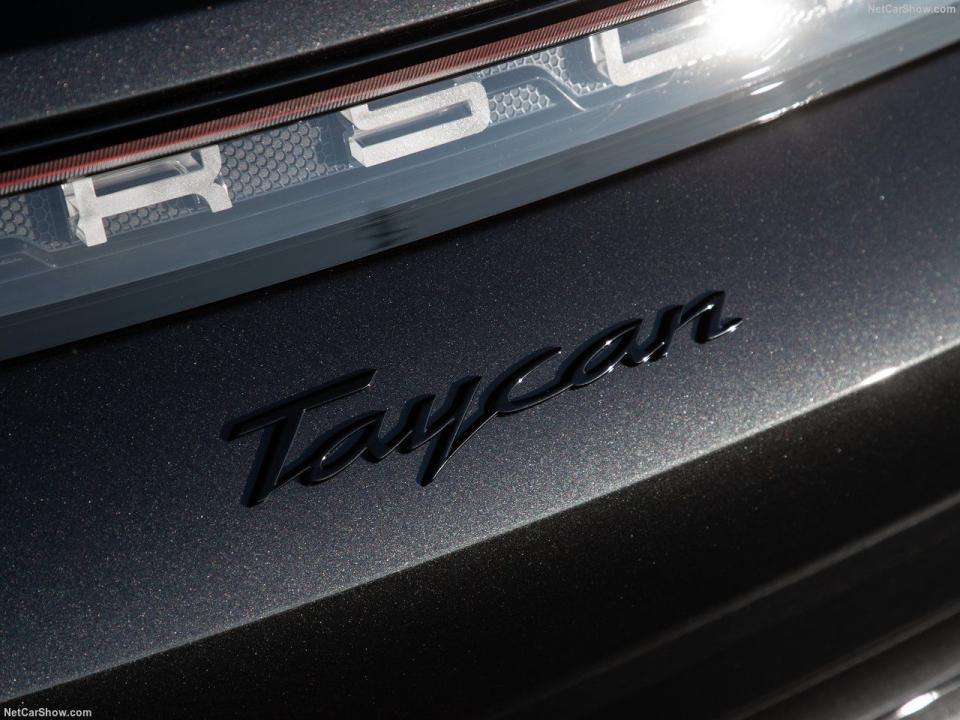
This is the least powerful and slowest Taycan you can buy, but also the only rear-drive version and, with the bigger battery pack, the one with the most range. It’s pretty much indistinguishable from the other trim levels in appearance, especially if you option the big wheels and delete the model designation off the rear. And being the slowest Taycan doesn’t make it all that slow, really. It still hits 60 in 5.1 seconds with launch control, making full use of that two-speed gearbox on the rear axle. That’s quick enough for, well, everyone.
Being rear-wheel-drive comes with benefits beyond the price, too. It weighs less than the other Taycans since it’s missing the front motor and all its weight over the front axle. Much like in the 911, the cars without a powered front end handle sweeter. The difference isn’t overwhelming; it’s a subtle surprise that creeps up over time. The missing weight, nearly 200 lbs, creates a flow to how the Taycan handles a backroad, making it a willing partner that will turn in quicker with steering that’s talkative and feels more accurate. And because Porsche makes the finest electric steering around, that’s a high compliment.
Combine that with the lower power–up to 402 hp on overboost–and it changes the Taycan from a point-and-shoot warrior, one that needs you to be aware that a stab of the throttle will hurtle you football fields in seconds, to a momentum car. Concentrate on entry, keep mid-corner speed up, and get back to the power earlier. It’s not going to do anything you don’t anticipate, but it’s still a heavy car–4568 lbs according to Porsche–with all those batteries mounted low. At least it’s good for the center of gravity.
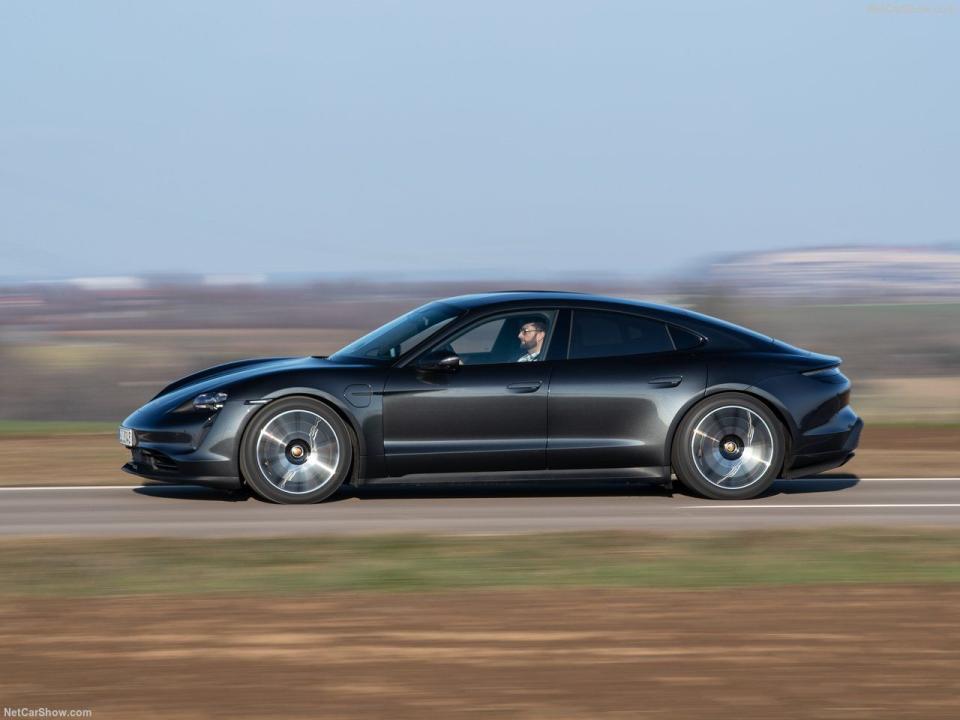
This is the Taycan that’s less about impressing other people, be they bystanders gawking at a cool wagon bodystyle or passengers gasping for breath after repeated acceleration runs, and more about impressing the driver. It was also safe. A deer jumped out at night in front of the right front corner, and the Porsche took the hit like a champ. Beyond the cosmetic damage, there wasn’t any discernible impact on how it drove.
The Taycan’s focus on dynamics has always come with compromises. The Turbo S we tested (March, 2020) was a brilliant car to drive, and one of the few EVs that could lap a track without seeing the brake pedal go to the floor after just a few corners. It could drift. It drove beautifully. Porsche concentrated on normal Porsche things. It should’ve added efficiency to those Porsche things. The EPA’s ratings for the Taycan’s range are laughable, with the Turbo S rated at just 201 miles, the base Taycan with the large battery pack at 225. Real-world numbers tend to be much better, and the base car showed an estimated range closer to 300 miles. I’m inclined to think the reality is somewhere between the two numbers. Good, but not great. Still, the Taycan seemed efficient even when I wasn't trying to conserve battery and quick to charge; it went from 13 to 95 percent in just 40 minutes on a 150 kWh charger.
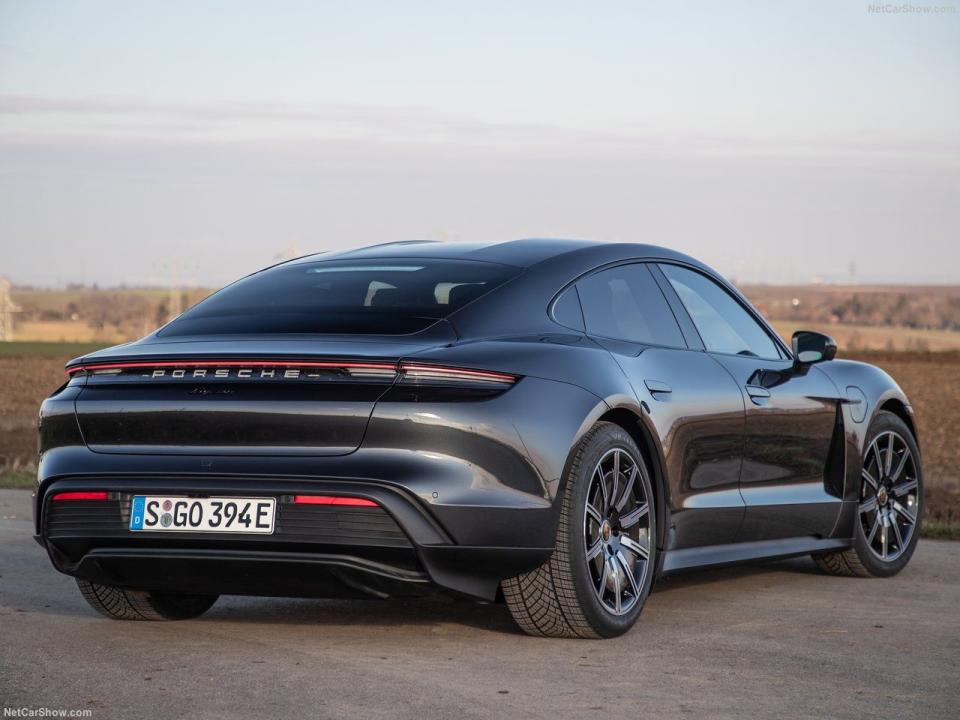
Forget those other numbers. The key one for the base Taycan is its price. It starts at $86,700, a full $11,000 less than the next step up, the Taycan 4 Cross Turismo. It’s also $20,000 less than the Taycan 4S sedan and a whopping $103,000 less than the top model, the Taycan Turbo S Cross Turismo. Those are eye-watering numbers no matter how rich you are. The 93.4 kWh battery option, a $5780 must-have, doesn’t even make it more expensive than the Taycan 4. Our test car, which was optioned to nearly $120,000, was still a relative bargain compared to the rest of Porsche’s EV lineup.
That doesn’t come at the cost of the driving experience. No, the base Taycan doesn’t have all of the suspension trickery that the GTS or Turbo S have, but for how these cars are driven 95 percent of the time, you won’t miss it. And I’ve already told you it’s not as quick, so cool your jets. The base Taycan is, on its own, a wonderful thing.
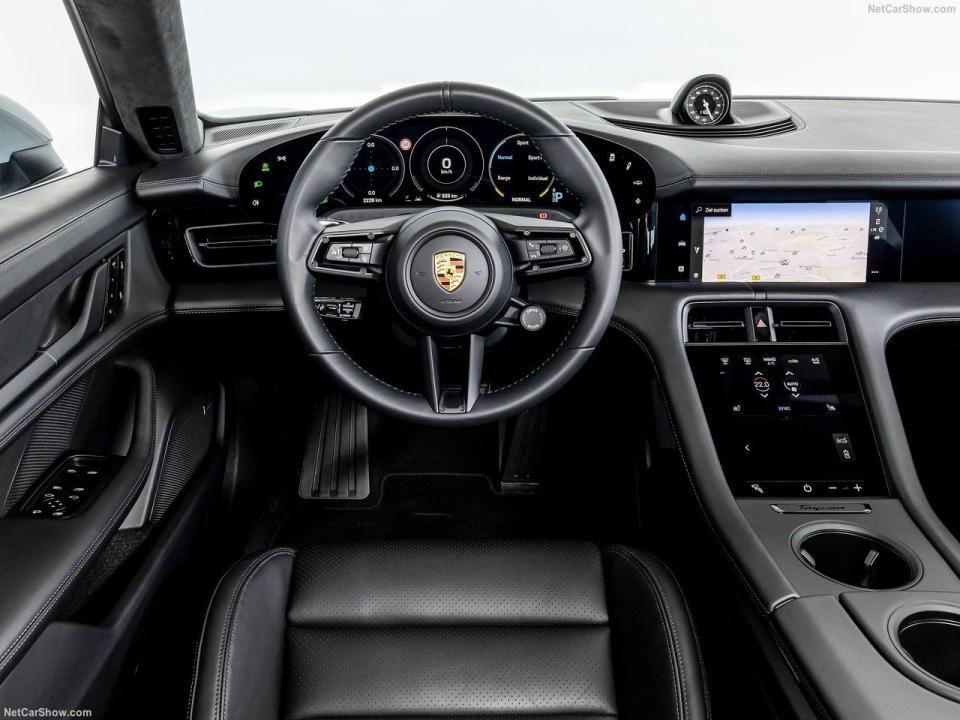
You Might Also Like

 Yahoo Autos
Yahoo Autos 